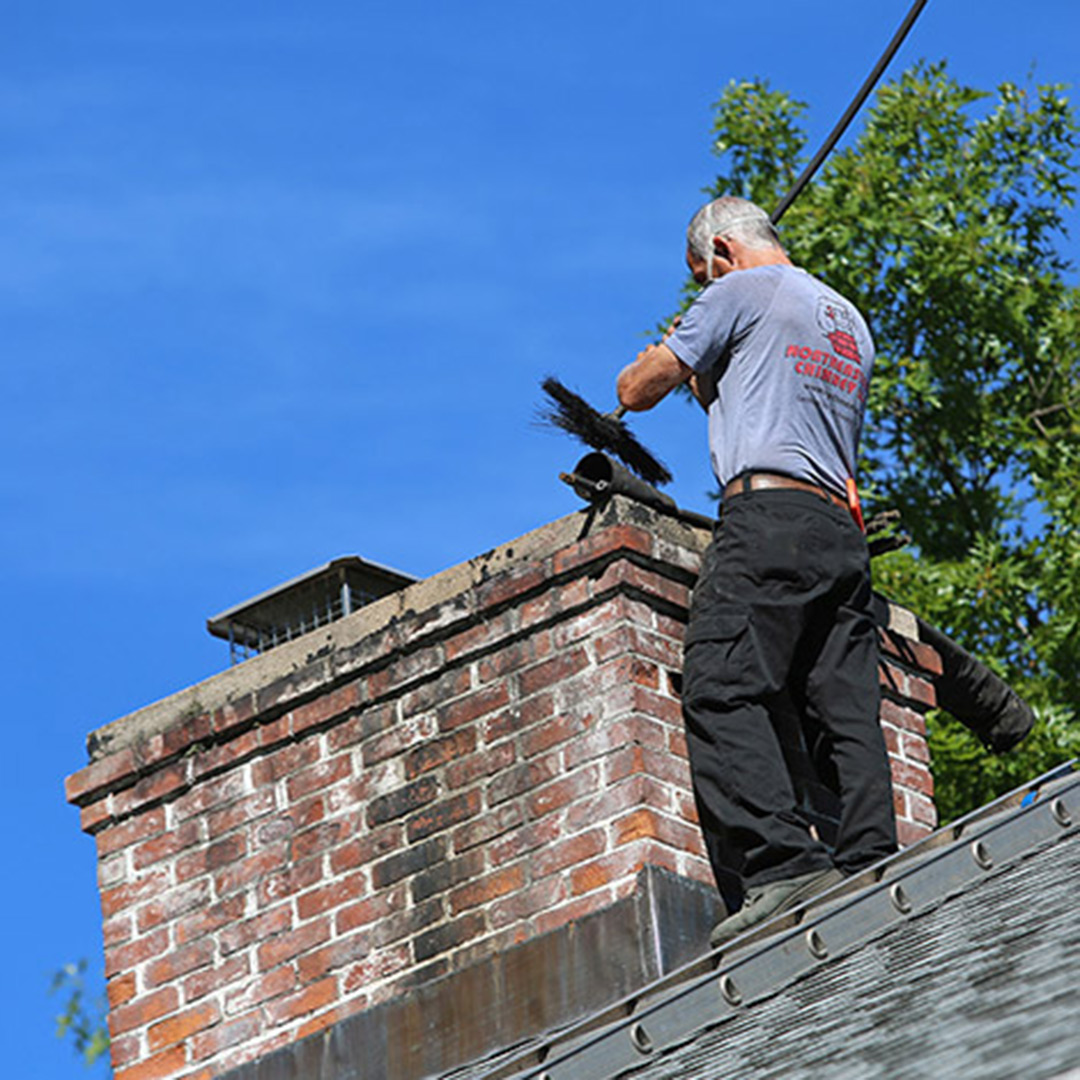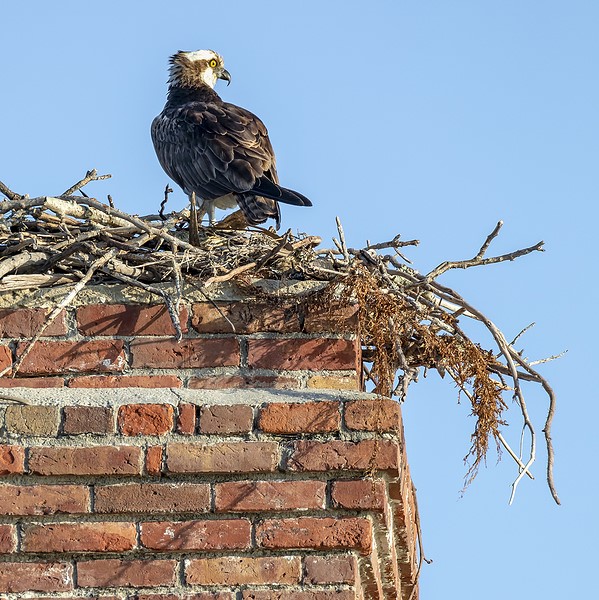Beat The New Year’s Freeze

Now that the new year has begun, the freezing cold months loom ahead, and your chimney is in need of a fireplace sweep. Maybe Santa Claus made a mess of soot when he came down the chimney, or there’s a few unnoticed cookie crumbs in the hearth! Humor aside, the daunting days of below 0 temperatures are coming up quickly, and you’ll find yourself huddling close to the warm hearth of the fireplace. January and February in Chicagoland are the notoriously coldest months of the year. Here’s how to prepare your gas or woodburning fireplace for the upcoming subzero temperatures.
The Modern Fireplace Sweep
When you think of a fireplace sweep, it might take you back to the 1940s. Maybe you think of Mary Poppins. The fireplace cleaner, covered in soot and dancing on the roof tops. Today, we don’t make nearly as much soot and smoke as back then, and it might seem like your chimney doesn’t need to be swept as often. This may be true but is only based on utilization frequency. Regardless of gas or wood fuel, chimneys need swept and inspected for worthiness assurance on an annual basis due to the winters freeze / thaw cycles which can wreak havoc on all chimney types. It’s also very important to keep up on your regular fireplace sweep to ensure no blockages that can eventually pose as a danger to your home.
What’s a Fireplace Sweep?
A fireplace sweep is a professional service that includes the thorough cleaning of your fireplace and chimney. This process removes any soot, creosote, and debris that has built up over time. The primary intent of a fireplace sweep is to test the integrity of the firewalls within to ensure it is worthy of use. Additionally, obstruction free assurance is the third element. By regularly sweeping your fireplace, you can benefit in the following ways:
- Improved safety: Soot and creosote accumulation in your chimney can pose a serious fire hazard. A professional fireplace sweep ensures that these substances are removed, reducing the risk of chimney fires.
- Better air quality: When a fireplace is not properly swept, it can release harmful pollutants and allergens into your home. Regular sweeping helps maintain good indoor air quality and prevents the buildup of harmful particles.
- More efficiency: A clean fireplace and chimney allow for better air flow, which improves the efficiency of your fireplace. This means you can enjoy a warmer and more consistent heat output.
Gas Burning vs Wood Burning Fireplace Sweep
Is there a difference between a gas burning and wood burning fireplace sweep? Well, both need to be swept by a certified professional regularly, meaning one to two times per year, especially if you plan to be using it often. It is NOT true that a gas fireplace doesn’t need to be swept as often as a wood burning fireplace. A chimney sweep is primarily for checking firewall integrity purposes, then cleaning and then obstruction-free assurance.
Call Us for a Fireplace Sweep! Superior Chimney certified professionals are here to help. Get our 14-point inspection to ensure a safe and warm rest of the winter. Call Superior Chimney at 877-244-6349.
This post first appeared on https://www.superiorchimney.net
 What Causes Chimney and Fireplace Odor
What Causes Chimney and Fireplace Odor Waterproof Your Chimney
Waterproof Your Chimney What Causes Fireplace Odors?
What Causes Fireplace Odors?
 The Origin of Fireplaces
The Origin of Fireplaces Today
Today Be aware of the dangers involved in fireplace use. It is important to know the causes of chimney fires and how to protect yourself and your family from them. More than 25,000 chimney fires are incurring with over $125 million in property damage each year.
Be aware of the dangers involved in fireplace use. It is important to know the causes of chimney fires and how to protect yourself and your family from them. More than 25,000 chimney fires are incurring with over $125 million in property damage each year. Heatproof Glass Doors
Heatproof Glass Doors What is Creosote?
What is Creosote? Another way you can reduce creosote buildup is to burn hardwood like oak, birch, and hard maple. These types of wood produce more heat and produce less creosote. They may cost a little more, but you can’t put a price on your family’s safety.
Another way you can reduce creosote buildup is to burn hardwood like oak, birch, and hard maple. These types of wood produce more heat and produce less creosote. They may cost a little more, but you can’t put a price on your family’s safety.

 Keep Your Chimney Clean
Keep Your Chimney Clean Live Animal Removal
Live Animal Removal